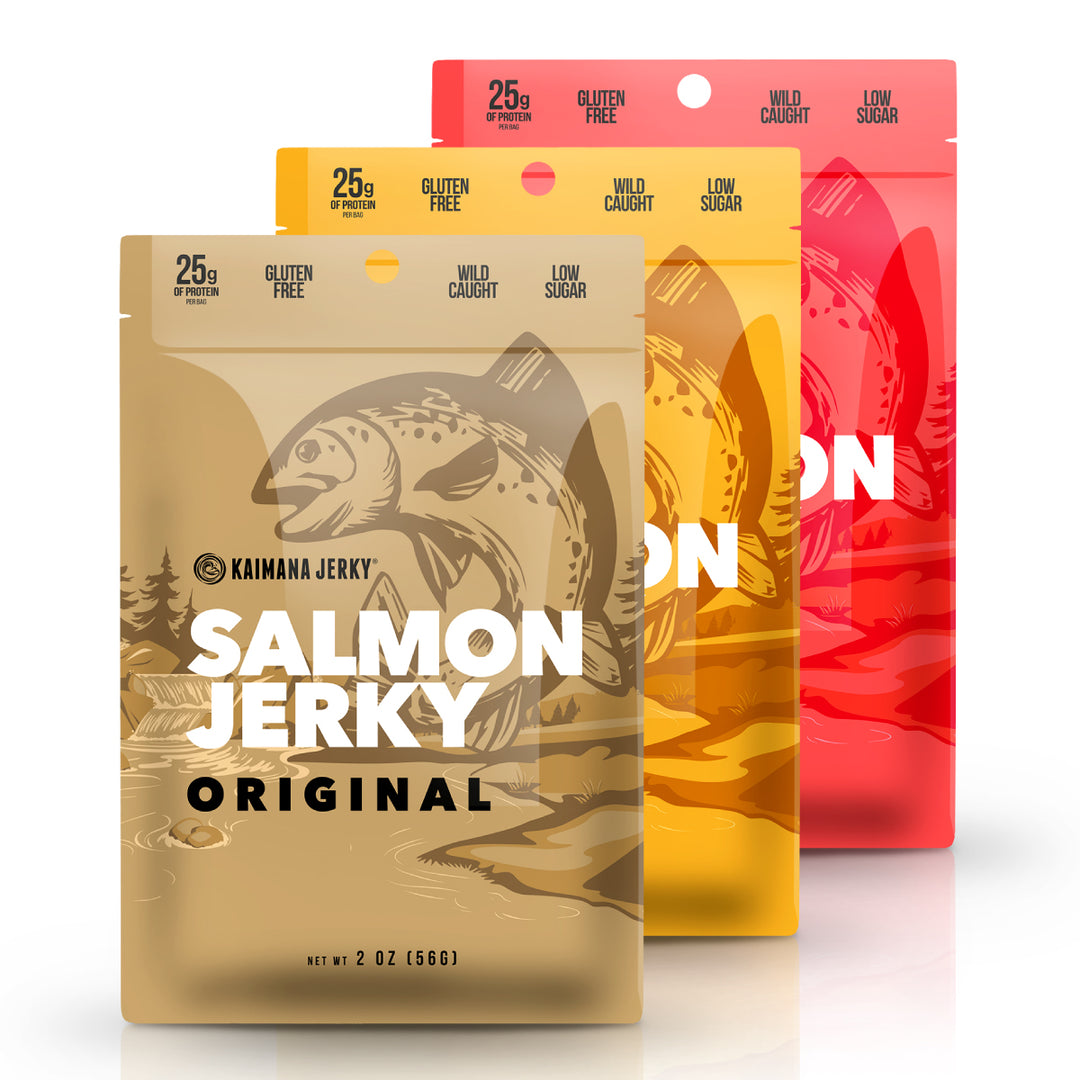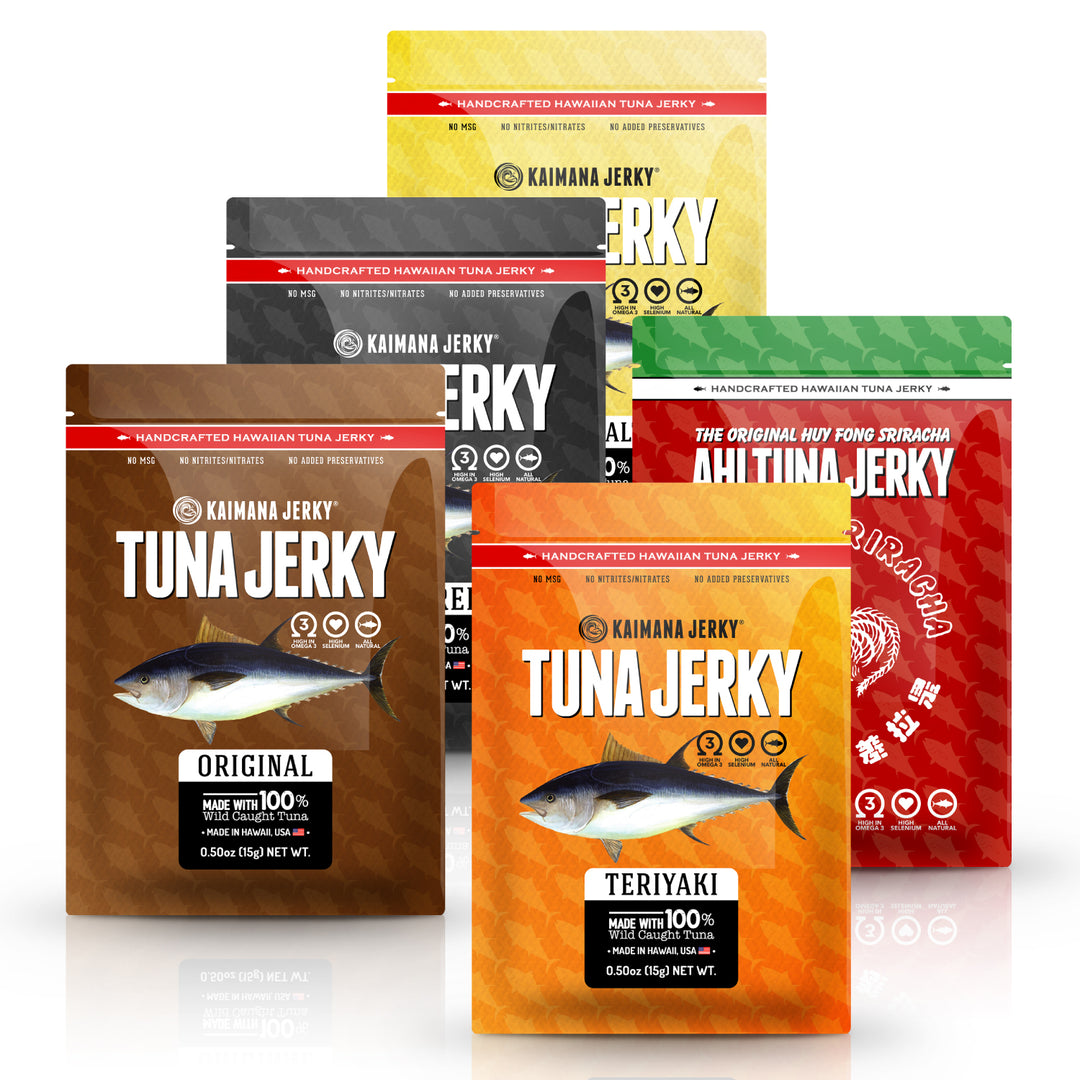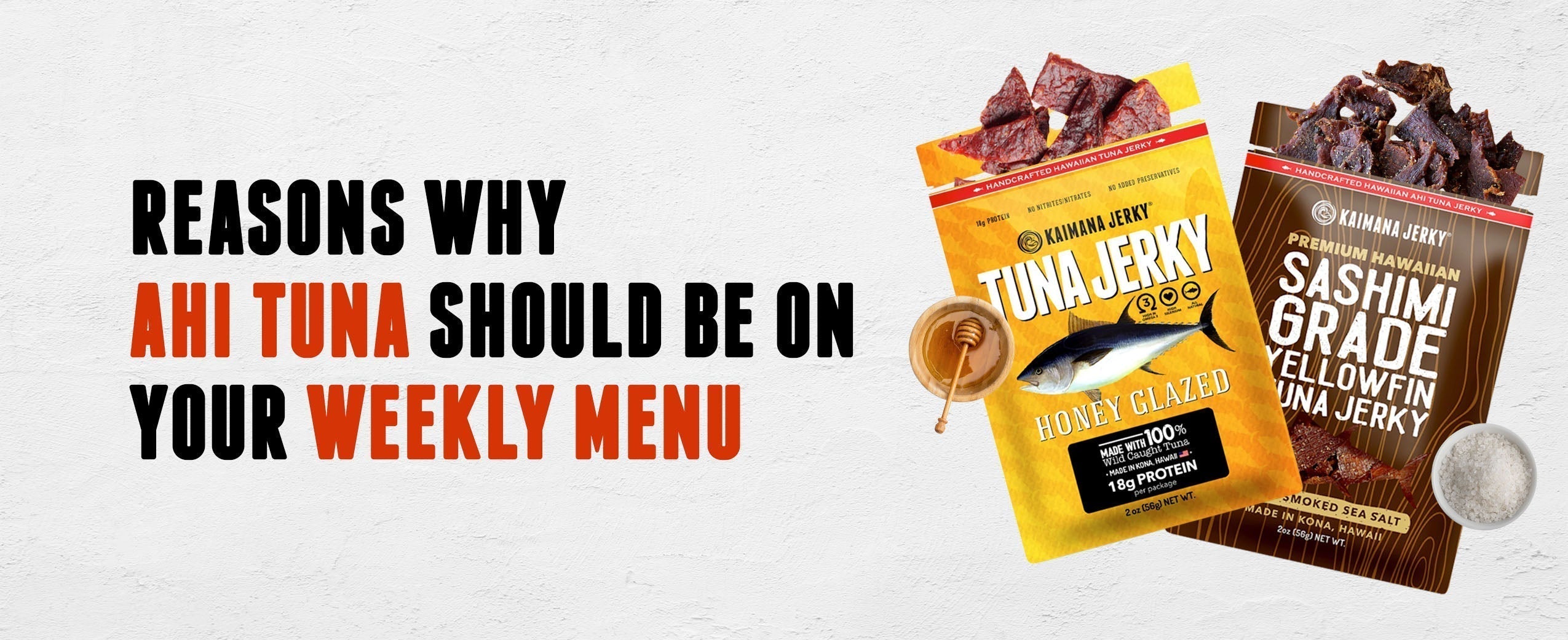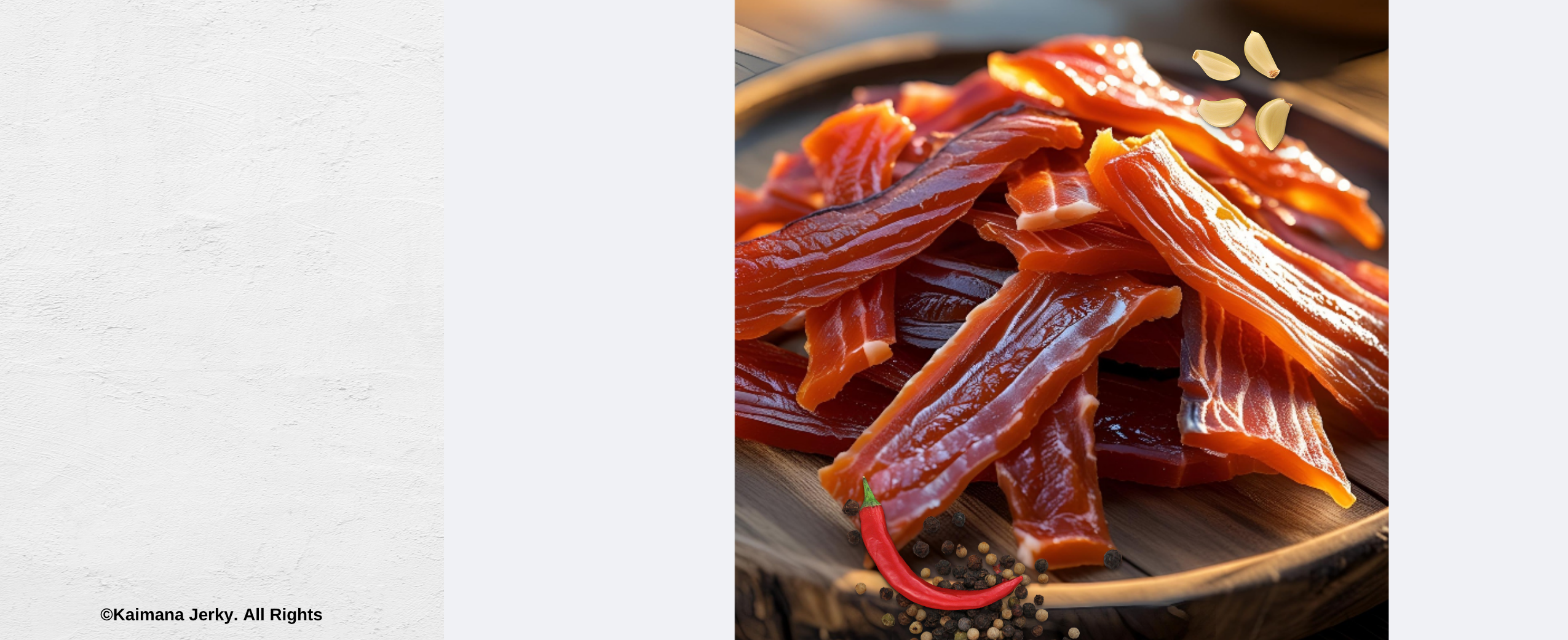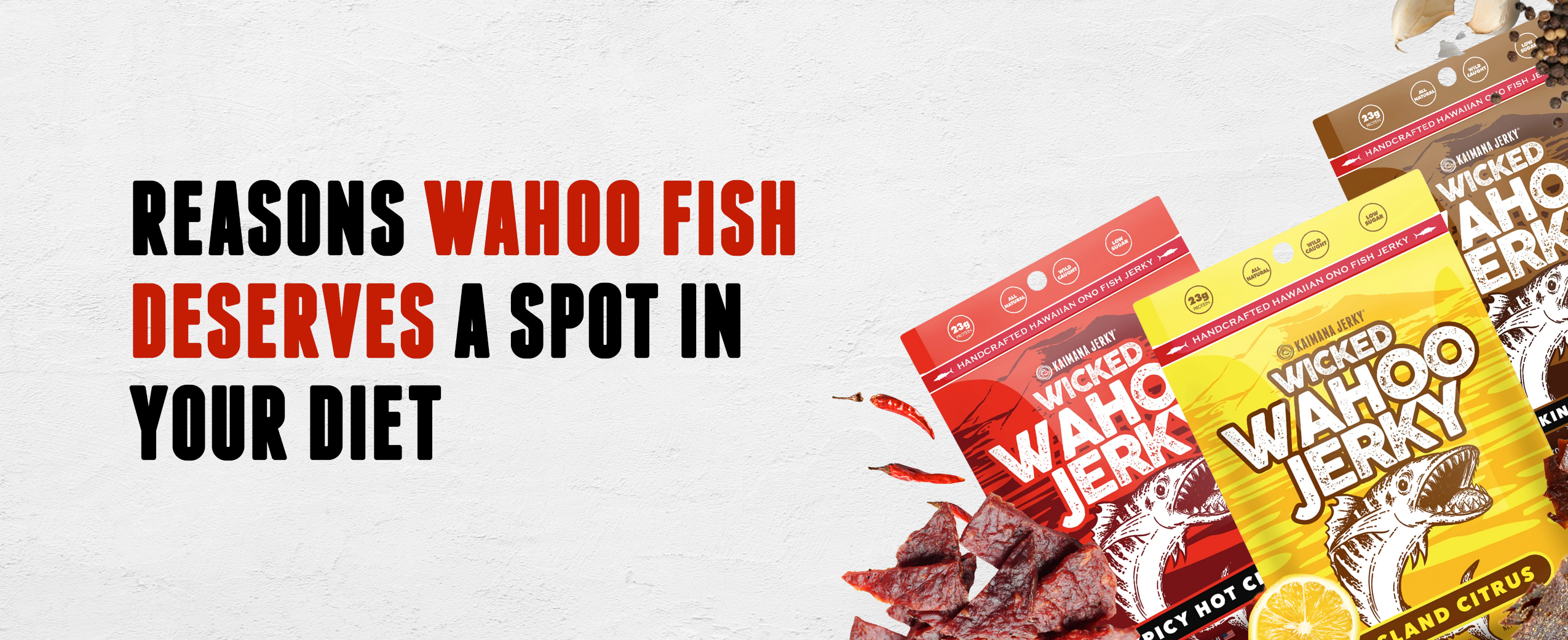Is Salmon Skin Healthy?
Yes, salmon skin is healthy! It is rich in Omega-3 fatty acids, which promote heart and brain health, and contains collagen that supports skin elasticity and joint health. Salmon skin also provides a good source of Vitamin D and protein, making it a highly nutritious part of the fish. For maximum benefits, opt for baked or grilled salmon skin to avoid unhealthy fats from frying.
Is Salmon Good for Weight Loss?
Absolutely. Salmon is an excellent choice for weight loss due to its high protein content, which helps you feel full longer, reducing calorie intake. The healthy fats in salmon, particularly Omega-3s, also support metabolism and fat-burning processes. Paired with low-carb sides like steamed vegetables or quinoa, salmon is a great addition to a weight-loss diet.
How Many Calories in Salmon?
A 3-ounce serving of cooked salmon contains approximately 175–200 calories, depending on the preparation method. Grilled or baked salmon without added butter or oils is the best choice for maintaining a low-calorie intake while enjoying its rich flavor and health benefits.
How Much Protein in Salmon?
A 3-ounce serving of salmon provides about 20–22 grams of high-quality protein. Protein is essential for building and repairing muscles, supporting metabolism, and maintaining overall health. If you’re looking for a complete protein source with added Omega-3s, salmon is an excellent choice.
How Many Calories in Salmon Fish?
The calorie count in salmon depends on the portion size and cooking method. For a 6-ounce fillet, there are approximately 350–400 calories. Salmon’s nutrient density makes these calories worth it, as they are packed with protein, healthy fats, and essential vitamins.
How to Tell If Salmon Is Bad?
To determine if salmon has gone bad, check for a strong, sour smell, slimy texture, or discoloration, such as gray patches or dull, pale flesh. Fresh salmon should smell clean and have a firm, moist texture. If you notice any signs of spoilage, it’s best to discard it to avoid foodborne illness.
How Long Does Salmon Last in the Fridge?
Fresh salmon lasts 1–2 days in the fridge when stored in an airtight container or tightly wrapped in plastic. Cooked salmon can be stored for up to 3–4 days. For longer storage, consider freezing it, where fresh salmon can last for up to 3 months.
How to Remove Skin From Salmon?
To remove salmon skin, place the fillet skin-side down on a cutting board. Use a sharp knife to carefully cut between the skin and flesh, angling the blade slightly downward. Hold the skin firmly with your other hand to create tension for an easier cut. Alternatively, you can ask your fishmonger to remove it for you.
Can You Eat Salmon Raw?
Yes, you can eat salmon raw if it is sushi-grade or labeled safe for raw consumption. Raw salmon is commonly enjoyed in sushi, sashimi, and poke bowls. Always ensure it’s sourced from a trusted supplier to minimize the risk of foodborne illnesses like parasites.
Can You Eat Salmon While Pregnant?
Yes, salmon is safe and beneficial for pregnant women. It is low in mercury and high in Omega-3 fatty acids, which support fetal brain and eye development. However, pregnant women should avoid raw or undercooked salmon and focus on fully cooked dishes to ensure safety.
What Goes Good With Salmon?
Salmon pairs wonderfully with a variety of sides and flavors. Roasted vegetables, quinoa, wild rice, and light sauces like lemon butter or dill cream complement its rich flavor. For a fresh twist, try pairing it with a citrus salad or a mango avocado salsa.
Which Is More Fishy: Tuna or Salmon?
Salmon generally has a stronger and richer taste compared to tuna, which is milder and more neutral. The "fishiness" of either depends on its freshness, preparation, and personal preference.
Is Tuna Good for Weight Loss?
Yes, tuna is an excellent choice for weight loss. It is low in calories and fat while being high in protein, which helps reduce hunger and supports muscle maintenance. Pair tuna with leafy greens or whole grains for a balanced, low-calorie meal.
Is Tuna Healthy for Weight Loss?
Absolutely. Tuna’s lean protein content and minimal fat make it a healthy option for those trying to lose weight. It also provides essential nutrients like Omega-3s and Vitamin B12, which support metabolism and overall health.
Is Tuna Salad Good for You?
Tuna salad can be healthy if prepared with nutritious ingredients. Replace mayonnaise with Greek yogurt or avocado for a lighter option, and add fresh vegetables like celery, tomatoes, or cucumbers for extra nutrients.
Does Tuna Fish Have Protein?
Yes, tuna is a protein powerhouse. A 3-ounce serving of tuna contains 20–25 grams of protein, making it an excellent choice for building and repairing muscles and maintaining a balanced diet.
Is Tuna a Good Protein?
Yes, tuna is an excellent source of lean, high-quality protein. Its low calorie and fat content, combined with its nutrient density, make it a top choice for those seeking a healthy and efficient protein source.
Does Tuna Have Omega-3 Fatty Acids?
Yes, tuna is rich in Omega-3 fatty acids, which support heart health, reduce inflammation, and improve cognitive function. Regularly incorporating tuna into your diet can provide these significant health benefits.
How Do You Make Ahi Tuna?
Ahi tuna is best prepared seared on high heat for 1–2 minutes per side, creating a crispy crust while keeping the center rare or medium-rare. Season with salt, pepper, and sesame seeds, and pair with a soy-ginger sauce for a delicious meal.
Is Ahi Tuna Healthy?
Yes, ahi tuna is a lean and nutritious seafood choice. It is high in protein, low in fat, and contains essential nutrients like Omega-3s, Vitamin B12, and selenium, making it great for heart health and weight management.
Is Wahoo Fish Healthy?
Yes, wahoo is a healthy seafood option. It is low in fat, high in protein, and provides essential nutrients like Vitamin B12 and selenium. Ono Hawaiian nutrient profile makes it a great choice for those looking to maintain a balanced diet.
Does Wahoo Fish Have Omega-3s?
Yes, wahoo (Hawaiian ono fish) contains Omega-3 fatty acids, though in lower amounts compared to salmon or tuna. However, it still offers heart-health benefits and supports brain function.
What Does Wahoo Fish Taste Like?
Wahoo fish has a mild, slightly sweet flavor and a firm texture, making it versatile for grilling, searing, and baking. The Ono fish Hawaii taste profile pairs well with citrus-based marinades and tropical salsas, making it a favorite for light, tropical-inspired dishes. The way Wahoo tastes is comparable to other white-fleshed fish such as halibut or cod, but it stands out with a slightly firmer, meatier texture.
How Long Does Wahoo Fish Last in the Fridge?
Fresh wahoo lasts 1–2 days in the fridge when properly stored in an airtight container. Cooked wahoo fish can be refrigerated for up to 3–4 days. For longer storage, freeze it, and it will remain fresh for up to 3 months.












